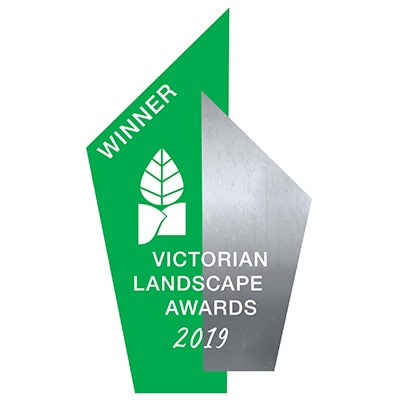Having just returned from Japan on a quest to discover the art behind Japanese gardens, I’ve been re-inspired by the art of simplicity and tranquility.
They use a range of plants and materials arranged well to blend in and even enhance the beauty of the borrowed landscape and natural surrounds. The simplicity of materials and plant arrangements used highlight that not every design needs to be intricate and complex (although everything has its place).
Japanese principals
One of the early records on the first principles of Japanese garden making say:
According to the lay of the land, and depending upon the aspect of the water landscape, you should design each part of the garden tastefully, recalling your memories of how nature presented itself for each feature.
Three principals guiding Japanese garden organisation are,
- shōtoku no sansui(natural mountain river) intending to create in the likeness of nature
- kohan ni shitagau(follow the lakeshore) planning in accordance with the site topography
- fuzei(appearance; air) capturing and presenting the ambiance
Bonsai
One thing that had me captivated, is how every tree is shaped. In Melbourne terms, it creates an ‘architectural look’ with the shapes and angles really adding to the garden designs and street scapes. Having appreciated the way they handle their trees, bonsai and large, I’m inspired to start my own projects on this. I’ll start with a bonsai and my own trees in my personal garden to see how it can be incorporated into a Melbourne garden design.
Plants and materials
The range of plants in Japan you will find all over Melbourne!
Azalia, helleborus, horse tails, maples, cycad, mondo, variegated liriope, miniature bamboo, nandina, fatsia japonica, pine trees.
Pebbles, pebbles, pebbles! Mass use of pebbles arranged in colour and size, in and surrounding gardens beds and around stone steppers (rather than solid paving). In the Melbourne landscape, where budget restraints change the initial design, pebbles are a good option due to being cost effective.
Of course a building material difference here is the bamboo used to build fences and walkways as there supply is incredible.
Cherry Blossom season
I was lucky enough to be in Japan for the entire length of the blossoms. They started budding on day 2 and by the time I left, they were all falling making way for the leaves to gather. Words can’t do justice to the beauty of the mass cherry blossoms surrounding the country.
What’s touching about the season, is watching all the locals gather in the parks and the tree lined streets with their loved ones to celebrate the blossoms. An amazing example of how planting specific trees, or creating a garden uses nature that can inspire joy and human connection by the gathering of community… such an incredible time to be in Japan.
Inspiration
As well as some new design arrangement inspiration, this trip has highlighted that at the core of a successful landscape design, the motivation and feeling that you want to create, is this first step for inspiration.
For example a Japanese garden is trying to create a tranquil feeling and enhance the natural scapes where as a contemporary alfresco purpose may be to create an uplifting feeling to gather people (family/friends) in a vibrant area for entertaining, cooking and long nights in front of the fire pit.
How do you want to feel when you walk out into your garden? Let’s start there. Contact us
